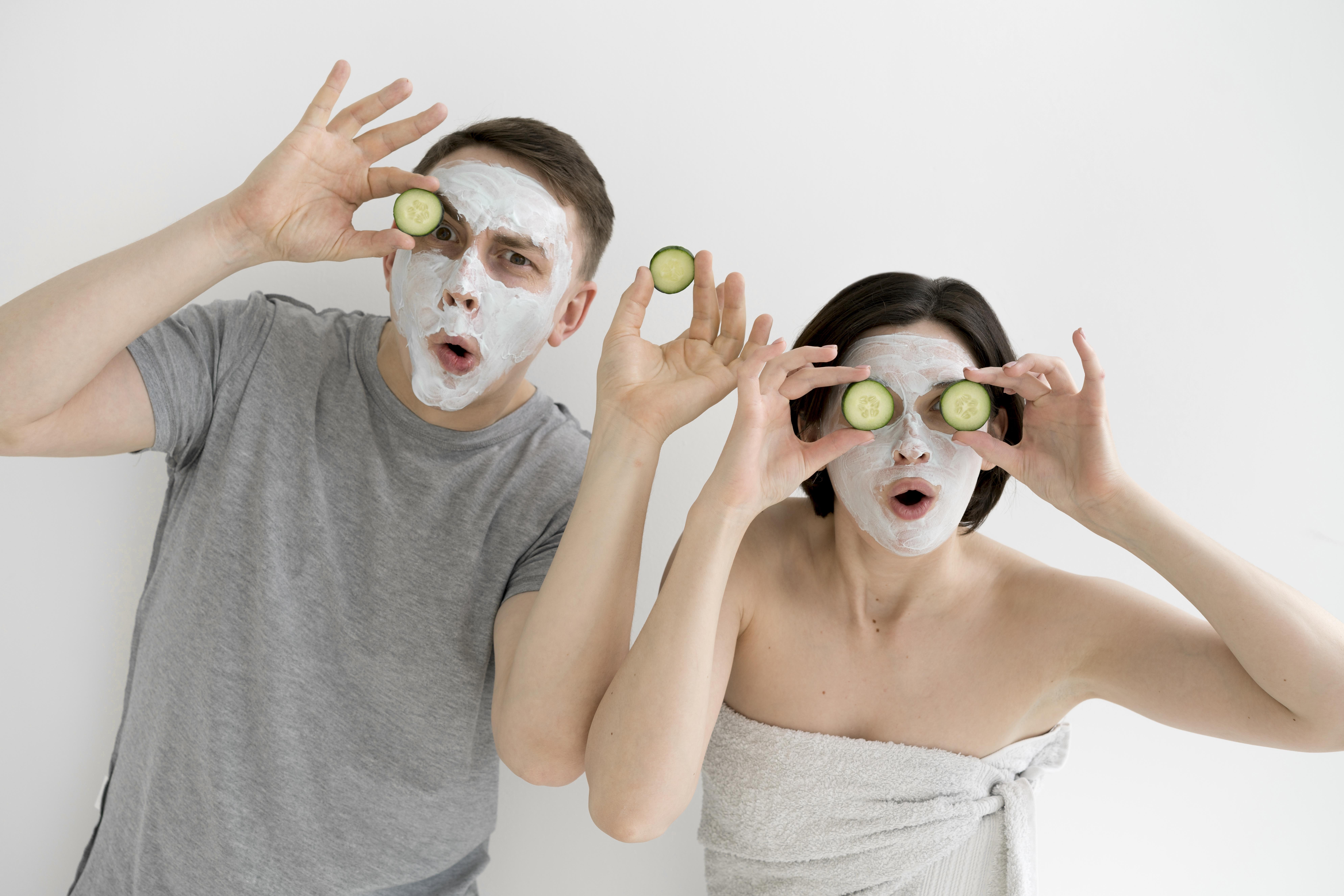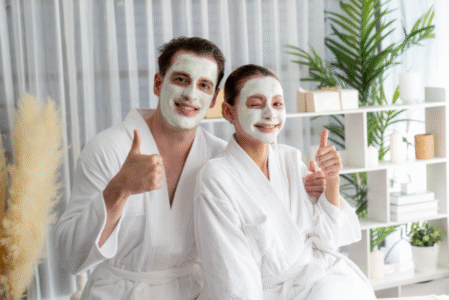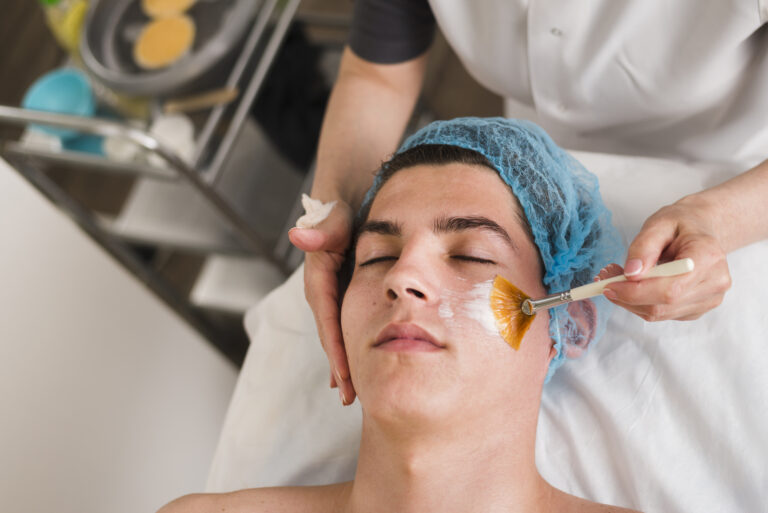A Dermatologist’s Timeline
A flawless, radiant look on your wedding day doesn’t happen overnight.
A dermatologist-supervised pre-wedding package should ideally begin
6 to 12 months in advance for both the bride and groom.
This science-backed approach ensures there’s ample time for corrective treatments,
healing, and achieving a natural, stunning result.
The plan follows a clear progression: starting with intensive correction
and ending with gentle radiance.
Phase 1: The Foundation & Correction (12–6 Months Before)
This is the most crucial period for addressing significant concerns
and getting long-term results.
12–9 Months: The Consultation & Kick-Off
- Initial Consultation: Both of you meet with a dermatologist
for a comprehensive skin and hair analysis. This identifies specific concerns,
from acne scars and pigmentation to uneven texture or thinning hair. - Customized Plan: The dermatologist creates a personalized,
medical-grade package tailored to your skin types, goals, and the wedding timeline. - Start Injectables: If you’re considering treatments like Botox or dermal fillers,
this is the time to start. Results look most natural after a few weeks,
and you have time for minor adjustments. - Daily Home Care: Begin a new, medical-grade skincare routine at home.
Consistency is key to supporting all in-clinic treatments.
9–6 Months: Intensive Correction
- Long-Term Laser Hair Removal: Start your sessions for laser hair reduction (LHR)
now to ensure all hair cycles are targeted and completed before the wedding. - Deep Skin Resurfacing: Address major concerns like pigmentation, dark spots,
and acne scars with treatments such as chemical peels, laser toning, or microneedling. - Body Contouring: Start non-invasive treatments like HIFU, Coolsculpting,
EMS Sculpting, or Ultrasound Lipolysis to target stubborn fat pockets,
as results take several months to fully appear. - Hair Thinning: Grooms can start Platelet-Rich Plasma (PRP),
Growth Factor Concentrate (GFC), or QR 678 Stem Cell Therapy to stimulate hair growth.
Phase 2: The Glow & Maintenance (6 Months–1 Week Before)
As you get closer to the date, treatments become milder,
focusing on hydration and radiance. Avoid all new, harsh treatments
to prevent adverse reactions.
6–3 Months: Hydration and Radiance
- Medical Facials: Introduce treatments like HydraFacial,
OxyGeneo, or Vitamin C facials for deep cleansing, hydration,
and an immediate glow boost. - Full-Body Polish: Body polishing or full-body exfoliation treatments
ensure the skin on your body is as smooth and radiant as your face. - IV Therapy: Some couples opt for intravenous vitamin and antioxidant drips,
like glutathione therapy, for a full-body brightening effect.
1 Month Before: Final Touch-Ups
- Final Facial: Schedule a mild, hydrating, and calming facial
to enhance your natural glow and soothe any stress-induced breakouts. - Gentle Grooming: Get waxing, threading, and dermaplaning done
at least a week before the wedding day to allow any redness to completely subside.
1 Week Before: Final Prep
- Rest and Hydrate: Prioritize sleep and drink plenty of water
to keep your skin plump and glowing from the inside. - Avoid Alcohol: Limiting alcohol reduces puffiness and dehydration.
- Simple Routine: Stick only to your prescribed home care routine —
a gentle cleanser, moisturizer, and sunscreen. You can use a soothing face mask.
Essential Support for Lasting Results
- Sun Protection: Consistent daily use of a broad-spectrum sunscreen
is non-negotiable. It protects your skin and maintains the results of your treatments. - Healthy Lifestyle: A balanced diet and good hydration complement
your treatments perfectly. - Stress Management: Practice yoga or meditation to manage wedding planning
stress, which can trigger breakouts.
By following this expert timeline, you ensure a relaxed, stress-free experience
that culminates in a truly radiant look for your wedding day.
How it Works
Consultation and deep cleansing
Advanced exfoliation
Extraction and targeted treatment
Nourishment and hydration
Finally, a blend of medical-grade serums rich in antioxidants, peptides, and vitamins is infused deep into the skin. A final mask or moisturizer is applied to soothe, hydrate, and protect the skin, locking in moisture and nutrients.


